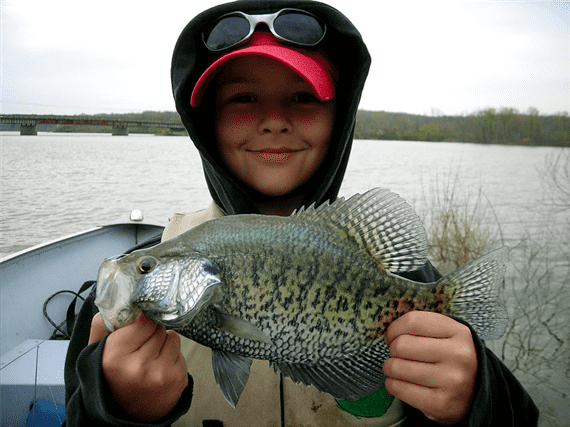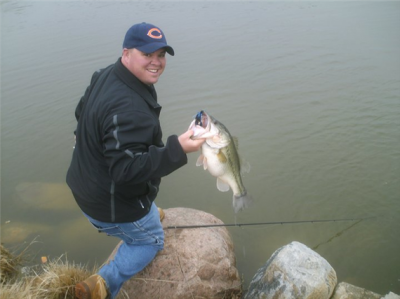Jumping the Gun: Early Spring Fishing Tactics
Dan Armitage 03.06.14

March can be a frustrating month for anglers who find themselves stuck between seasons of ice fishing and open water action. Even fishermen who are fortunate enough to live south of the Mason-Dixon line where waters rarely ice over—this winter being the exception—the real fishing action often doesn’t start until waters warm considerably with the higher amounts of sunshine that spring ushers in.
There are, however, some ways to jump the gun on the fishing season. You may not fill a stringer, and practicing these techniques or chasing these species may result in accomplishing little more than whetting your angling appetite for things to come, but a bad day on the water still beats an idle afternoon stuck in the house—especially during the Ides of March.
Note I said “afternoon.” The appetite of a fish is driven by a cold-blooded metabolism with a rate that is regulated by the surrounding temperature. In fishes’ case, that’s water temperature. When the water surrounding a fish is cold, its metabolism slows so that the fish requires less fuel to survive. On the other hand, when things start to heat up around it, so does the fish’s need for food. When that warm-up precedes the spawning season, as it does annually for the majority of the spring-spawning gamefish we chase in our deck and pontoon boats, it creates a double whammy in terms of what the fish needs to consume in order to survive and proliferate.
The heat that turns things on in a fish’s world is provided by the sun, and the longer those weak rays of spring have to spread their warmth across the water and surrounding landscape, the higher the temperatures can become. A shallow, dark-gravel flat that may be void of fish on a March morning will grow less frigid over the course of receiving a few hours of sunlight. This may lead a few baitfish or aquatic insects to find its temperature comfortable enough to thaw them from their winter stupor and draw the creatures out into the open. Gamefish in the vicinity benefit—and react—from the sun’s rays in much the same fashion, and may be on the prowl by afternoon, eager to eat a baitfish or the reasonable facsimile you have attached to the end of your fishing line.

Note I said “dark.” Bottom materials consisting of deep-brown mud or dark-colored gravel absorb more sunlight than do similar substrates of lighter shades, which reflect those warming rays. That’s why wood structure is more appealing to fish—and early-season fishermen—than light-colored cement or limestone rip-rap. Wood absorbs more of the heating rays of the sun than lighter-colored materials, and releases that warmth to the adjacent waters. The same goes for shallow tributary streams that enter lakes. If exposed to the sun as they meander toward the larger water bodies, the waters in shallow creeks and streams can absorb some heat and offer a welcome influx of warmer water where their flow enters the lake.
Note I said “adjacent.” The warming phenomenon is highly local; the baitfish and insects that are affected by the minute changes in temperature may have to be within a foot or so of the rock or dock to realize and react to the subtle difference in relative warmth.
Note I said “subtle.” This time of the year you are often casting to fish that are likely to be located in very shallow water and very close to shore. Large lures or baits and loud, clumsy presentations will frighten the fish, sending them to winter water temperature and modes.
To summarize this basic early spring fishing advice, seek out shallow bays with dark bottoms or areas adjacent to wooden docks or darker-colored rocks. Find areas warmed by spring sun rays. Wooden boat docks particularly absorb those rays and give off heat to warm nearby waters—even before boulders and lighter-colored rip-rap, which will soon do their own job of helping warm things up. Use small baits and lures and delicate presentations.
Finally, don’t set your expectations too high; early spring can be as tough as it is a welcome time of the year to go fishing. Note I said “fishing” instead of, well, you know.

